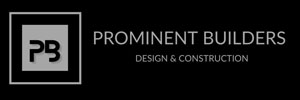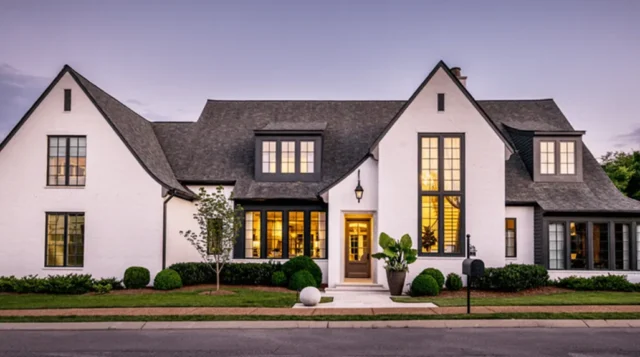Key Factors That Impact Your Project
Building a new home is an exciting journey, but one of the most common questions homeowners ask is: How long will it take? Understanding the timeline of a home-building project can help you set realistic expectations and avoid unnecessary stress. Several factors can influence the timeline, including design complexity, permitting processes, and material availability. Let’s break down these factors and how they impact your project schedule.
Typical Home Building Timeline
A home construction project generally follows these stages:
- Initial Consultation & Design: 4-6 weeks
- Permitting Process: 6-12 weeks
- Construction: 4-8 months (depending on the size and complexity of the home)
While these are general timeframes, various factors can cause delays or speed up the process.
1. Design Complexity: The Blueprint for Your Timeline
The design phase is where your dream home begins to take shape. If you’re opting for a custom-built home with intricate architectural details, unique layouts, or luxury features, expect this phase to take longer.
- Custom Homes vs. Pre-Designed Plans: Custom homes require extensive planning, adjustments, and approvals, adding weeks or even months to the timeline.
- Revisions & Approvals: The more changes made to the initial design, the longer this phase will take. To keep things on track, finalize design elements early with your builder.
Tip: Work closely with your builder and architect to streamline the design process and avoid unnecessary revisions.
2. Permitting Process: Navigating Regulations & Approvals
Before construction can begin, your home must receive the necessary permits from local authorities. The permitting process typically takes 6-12 weeks, but this can vary depending on:
- Location & Zoning Laws: Some areas have stricter building codes that require additional approvals.
- Type of Construction: Larger or more complex builds may require special permits.
- Government Processing Times: Depending on local government workloads, permits may take longer than expected.
Tip: Choose a builder familiar with local regulations to help expedite the permitting process.
3. Material Availability: Supply Chain Challenges & Their Impact
Material availability has become a critical factor in home-building timelines. Issues such as global supply chain disruptions, seasonal demand, and material shortages can cause unexpected delays.
- Custom Materials vs. Readily Available Supplies: If you’re choosing high-end, imported, or custom materials, be prepared for longer lead times.
- Weather-Dependent Delays: Harsh weather conditions can impact material deliveries, slowing down the construction phase.
- Labor Shortages: In some regions, a shortage of skilled labor can also contribute to extended timelines.
Tip: Opt for readily available materials when possible and order key components in advance to prevent delays.
How to Keep Your Home Building Project on Schedule
While some factors are beyond your control, there are proactive steps you can take to minimize delays:
- Communicate Clearly with Your Builder: Regular check-ins ensure that everything stays on track.
- Plan Ahead: Make design decisions early and stick to them.
- Be Flexible: Unexpected issues can arise, so allow for some buffer time in your schedule.
By understanding these key factors and planning ahead, you can navigate the home-building process more smoothly and avoid unnecessary delays. Ready to build your dream home? Contact Prominent Builders today for expert guidance and a seamless home-building experience!

